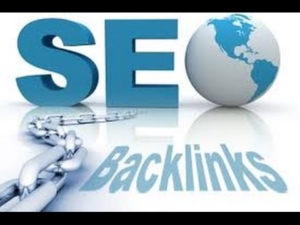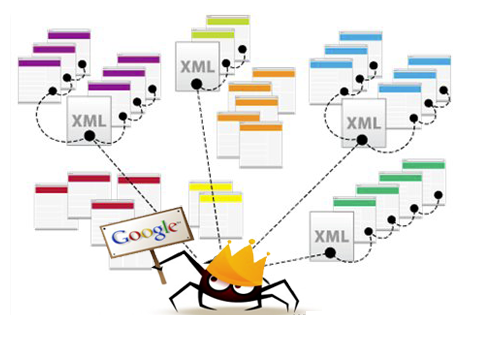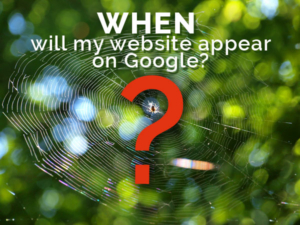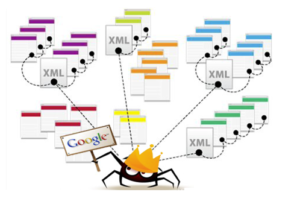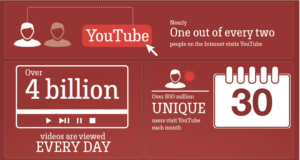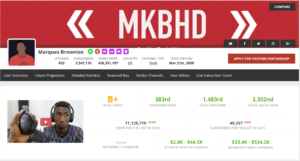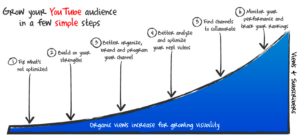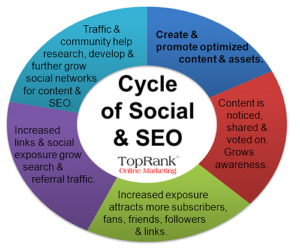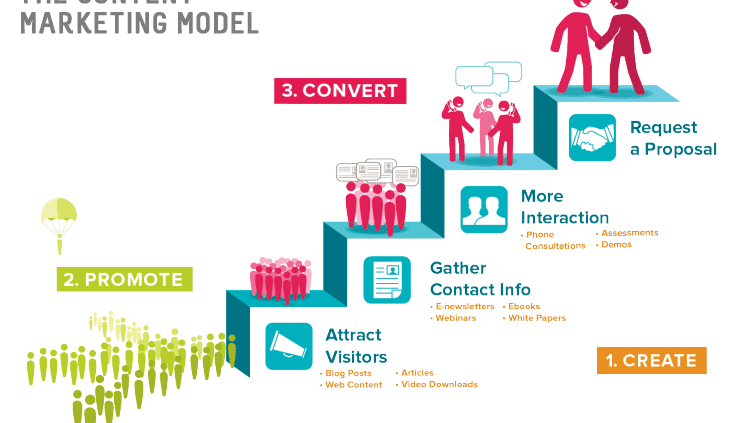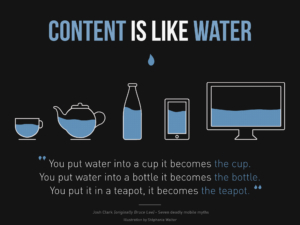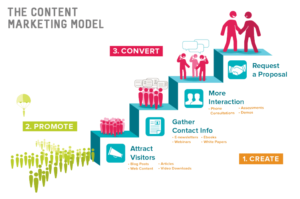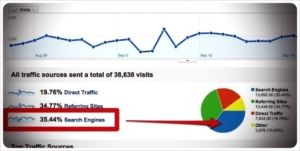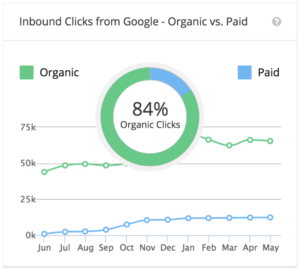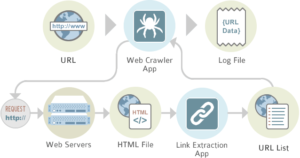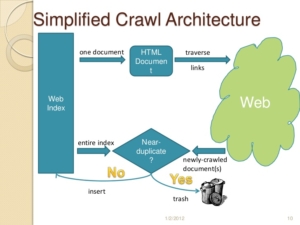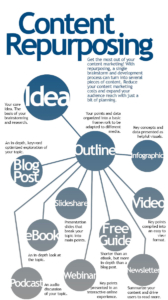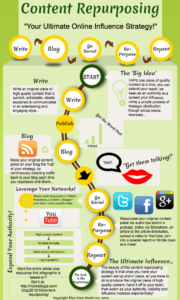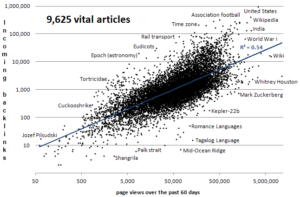Getting to the top of the Google rankings can be extremely difficult, especially in a competitive market. But, it is possible if you optimize your website in the right way. SEO or Search Engine Optimization is so ubiquitous at this point that it’s very meaning has become lost in the shuffle. This leads to much confusion about how a business should optimize its website.
This causes two problems for business owners:
- You either have to hire an SEO firm. Finding a good one can take a lot of expensive trial and error.
- You need to learn how to do SEO by yourself. This can take years, and the rules of the game constantly change. If you’re not a marketer or computer genius, mastering it alone is near impossible.
You can make your digital marketing life much easier by knowing what to look for when hiring an SEO firm. If you’ve handed your site over to a pro, but aren’t getting results, see if they’re making any of these mistakes:
5 Common SEO Mistakes for Business Websites
- Entering duplicate material on your site’s pages or blogs – identifying duplicate content is essential because most of the search engines do not accept duplicate material. This will crush your ranking. There are tons of solid tools and software available to check for duplicate content.
- Using bad backlinks – links to unrelated pages or directories; or to spam websites- spam links coming into your site is a sure-fire way to kill your rankings.
- Over-Optimization of required keywords – Although putting your target keywords as much as possible can be a good idea, blatantly over-optimizing will hurt your SEO strategy. Make sure your text sounds natural, and you aren’t stuffing in keywords to please Google. If a human would have trouble reading your text, Google will penalize you
- Bad Page Titles – When someone searches for the target keywords, the search engine displays the title page in search results. Try to make your title page with limited characters, while hitting relevant key phrases (again, naturally)
- Image Optimization and Poor Meta Description – A search engine can recognize images in text form only, so it’s best to optimize your image with target keywords or phrases. Imagine describing the image to a non-sighted person. Meta data may not directly help with rankings, but Google does display it on the results page, so it is useful for drawing in visitors and helping you stand out in the crowd of results.



